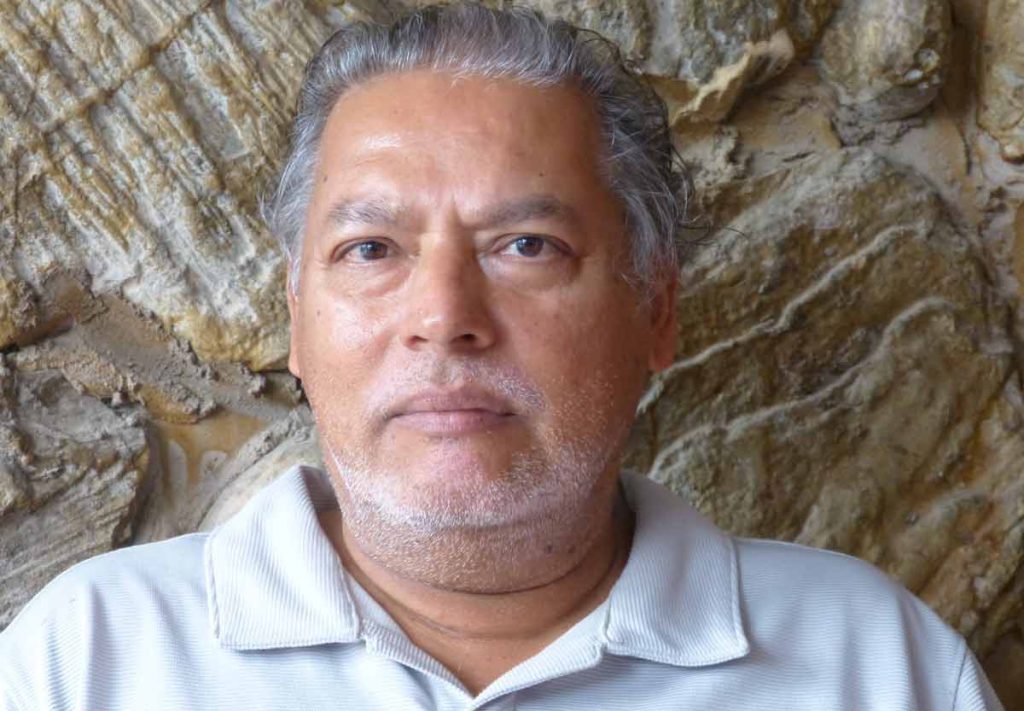The Legacy of Dr. Eric Williams
The Prime Minister Dr. Keith Rowley has accused the United National Congress (UNC) of “attempting to de-legitimize the government’s victory during the election through it call for recounts,” by the Election and Boundaries Commission (EBC). “So what in effect they are trying to do is to “Guyana-ise “our election. That is what the UNC is trying to do. Guyana had an election in March, it wasn’t settled until July. That is what that the UNC is promising us here now…instead of a new government being sworn in they are trying to create the Guyana situation…”
The Prime Minister said that the “the concept of safe seats’ in certain areas for the PNM was a myth: “How the people vote depend on issues of the day. There are only three seats which have remained staunchly PNM: Buccoo in Tobago, Laventille and San Fernando. All the rest have voted the PNM out when they felt that the party was not representing them properly.” He further added: “I saw a university lecturer accusing the PNM of organizing boundaries so it would win which brings into function the EBC.” (Guardian 13 August, 2020…Express, 12th August, 2020…Newsday 13 August, 2020).
The political history of T&T since 1956 do not support the views of Dr. Rowley. In 1961 the PNM government changed the rules in the elections that would favour the PNM party. That was the Representation of the People Bill of January 20, 1961. The (1) voting machine and (11) the demarcating of the electoral boundaries were introduced in 1961. The voting machine was removed in the elections of 1976 after a boycott by the political parties in 1971. The changing of the boundaries continues. Dr. Rowley is wrong!
A.N. R. Robinson’s book “In the Midst of It” stated that “the PNM felt that a lot of the polling divisions were won by Bhadase’s party (in the Federal Elections of 1958) through dishonest means and so sought an electoral process less open as Dr. Williams resorted to dishonest interference. After a great deal of investigation, a method which had been adopted in some of the states of the United States was initiated. That was the use of the voting machine outset…It was a process recommended by Minister of Home Affairs, Dr. Patrick Solomon. From the outset, the Opposition vigorously opposed the use of these machines…”
He further said: “Williams said that he was not going to remove the voting machines, there was not going to be any electoral reform… As he puts it, those who wanted the removal of the voting machines: “That and God’s face they would not see.” …I was strongly of the view that since a proportion of the population had no confidence in the process that was so essential to democratic government, the machine should be scrapped and the ballot box adopted once more, with appropriate safeguards.”
Between 1961 and 1971 the voting machine was used in T&T with great controversy. In 1971 the ballot was reintroduced. In the West Indian Federal Parliament elections, the DLP won six seats to four for the PNM. Two bye-elections in Pointe-a-Pierre and St Andrews/St David were won by the DLP and on February 16, 1959 the DLP won five of the seven County Councils.
Selwyn D. Ryan in Race and Nationalism in Trinidad and Tobago (1972) said: “But in the final analysis there is no escaping the fact that the DLP defeated the PNM principally because of the way in which the constituency boundaries were drawn. Anyone who had taken time to look would have seen that the PNM could not possibly have won more than five seats, unless they had assumed that the PNM’s magic exorcised the racial monster. A little less than half of its voting support was bottled up in three urban and suburban areas of the capital city, and the remainder was so distributed that it could easily have been swamped by the Indian vote.”
Dr. Ryan further added that “It should also be recalled that the PNM had won four or five seats in 1956 because of splits within the Indian electorate. With many of these votes now largely solidified behind the DLP on enlarged constituencies, the results were predictable. The PNM vowed that never again would it leave the business of drawing electoral boundaries to a neutral electoral commission.”
Dr. Winston Mahabir wrote in In and Out of Politics that “Commentators continue to write about how close Capildeo came to defeating PNM (in 1961). More garbage. The delimited of constituency boundaries endorsed by the Opposition was a knock-out PNM punch, scientifically administered long before elections day.”
The electoral boundaries from 1961 under Eric Williams and the PNM maintained the majority for the government to rule, by pnm black support, constituencies north of the country. In effect, it was a political fraud but by legal means from 1961. In 1981 a third constituency evolved from the political demographics which destroyed the PNM in 1986 and 2010.
